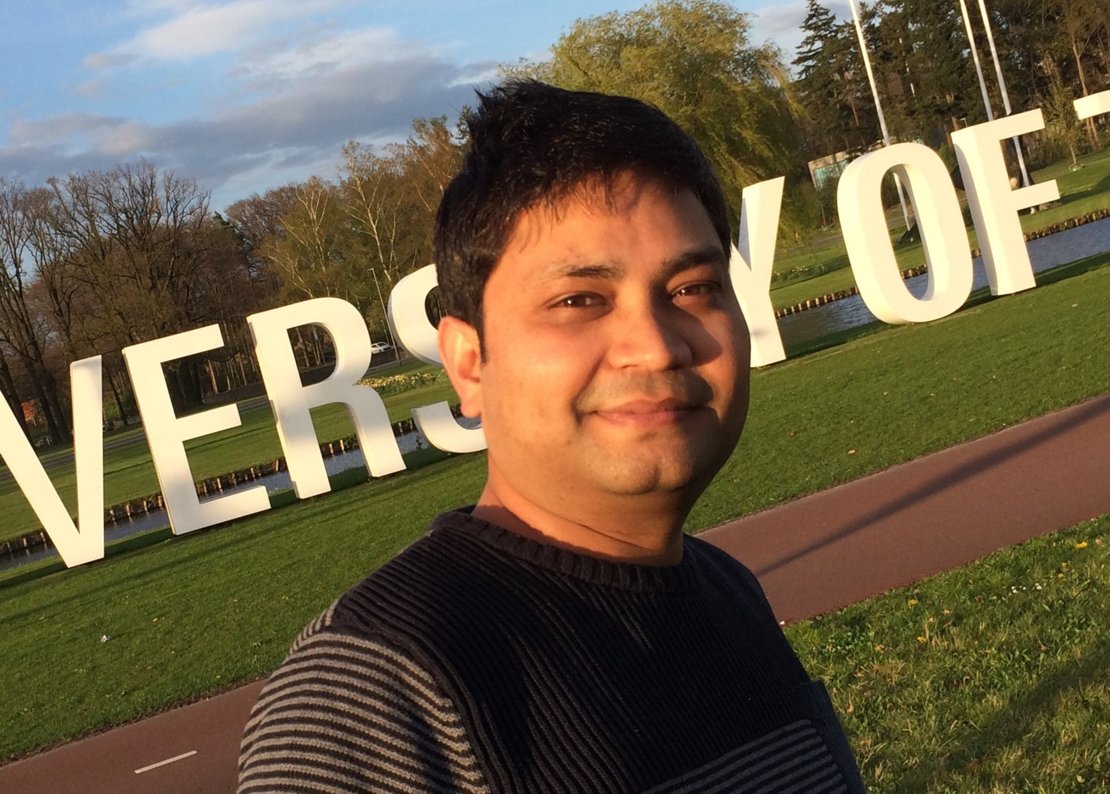Gaurav Singhai is a PhD student in the research group Biomolecular NanoTechnolgy. His supervisors are Prof. Dr. Ir. Jeroen Cornelissen from the Faculty of Science and Technology and Dr. Ingo Köper from the department in Chemistry and Nanotechnology, Flinders University, Australia
His defense is planned for June 30th 2021, 12:45h location: online

Virus Coated DNA Nanostructures: A Biological Way for Drug Delivery
In recent years, DNA and viruses, the biological building blocks, are used to develop new nanomaterials with applications in medicine. DNA nanostructures (DNs), engineered using DNA origami techniques, emerged as versatile drug carriers in cancer treatment owing to their stability, precision and biocompatibility. However, their polar nature and low stability are leading impediments in extending its horizon for using them as drug delivery tools. Therefore, creating multifunctional biohybrid nanocarriers from DNs and virus proteins capable of targeting specific cells with stimuli-responsive drug release is of great utility in therapeutic applications.
The main objective of this research project was to create biohybrid nanocarriers by coating drug-loaded modular DNs with viral capsid proteins (CP), isolated from plant virus - cowpea chlorotic mottle virus (CCMV) and explore their potential as a ‘smart’ drug carrier.
The work involved designing modular DNs in-silico using widely available modelling tools. DNs were then self-assembled using a bottom-up approach and characterised by engaging different biophysical and imaging techniques. Afterwards, modular DNs were loaded with an anticancer drug (daunorubicin) and coated with virus capsid proteins forming assemblies at neutral pH, and using them as potential delivery vehicles. Further, the designed nanocarriers were also evaluated for their stability and drug retention properties in the cellular environment and were found to be capable of transporting a large amount of drug inside the cells. Additionally, the stimuli-responsive triggered release of drug within the cellular environment marks the utility of the created nanocarriers in delivery, indicating its potential in biomedical applications.
In summary, our work successfully demonstrated the potential of using the Drug/DNs-virus hybrid nanoassemblies as smart drug nanocarriers. These nanocarriers reported to mimic ‘virus-like particles' morphology and functionality with increased stability, enhanced cellular uptake, and efficiently targeting the cancer cells, forming a factual basis for further research using self-assembled biohybrid materials in cancer theranostics.
